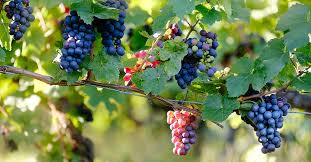
Did you ever wonder why some people prefer bitter tastes and some shy away? I’m talking about grapefruit, arugula, dark chocolate, black coffee, tea and of course tannic (young and thick skinned) red wines. Well, there is a scientific reason for this preference: it depends on a gene which detects Phenylthiocarbamide (PTC), a bitter, harmless chemical. In the 1930’s a scientist at DuPont Arthur Fox spilled some PTC and a lab colleague detected a strong bitter taste from the airborne powder. Fox tasted nothing and, as scientists do, he wanted to find out why. 1, 2









